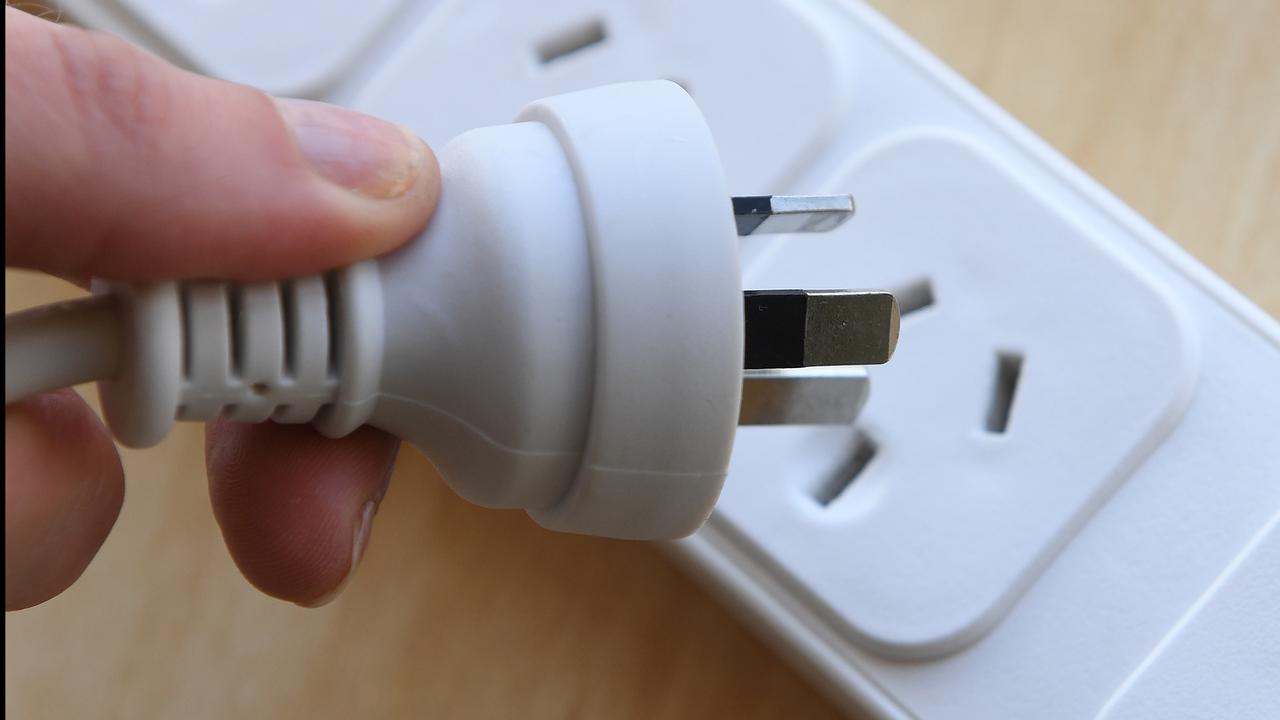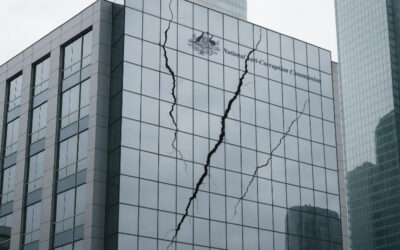A shock jump in inflation has wrong-footed economists while diminishing hopes of more Reserve Bank interest rate cuts.
The monthly consumer price index rose from 1.9 per cent to 2.8 per cent as electricity prices surged 13 per cent in one month, the Australian Bureau of Statistics reported on Wednesday.
Analysts had only predicted the annualised rate to climb to 2.3 per cent.
“This is the highest annual inflation rate since July 2024, following several months of easing inflation,” the bureau’s head of prices statistics Michelle Marquardt said.
The jump in electricity prices, due to government energy rebates for NSW and the ACT not kicking in until August and annual price reviews coming into effect, contributed 0.3 percentage points to the headline figure.
The timing of energy rebates has made the headline inflation figure especially volatile of late and will drag electricity prices lower in September.
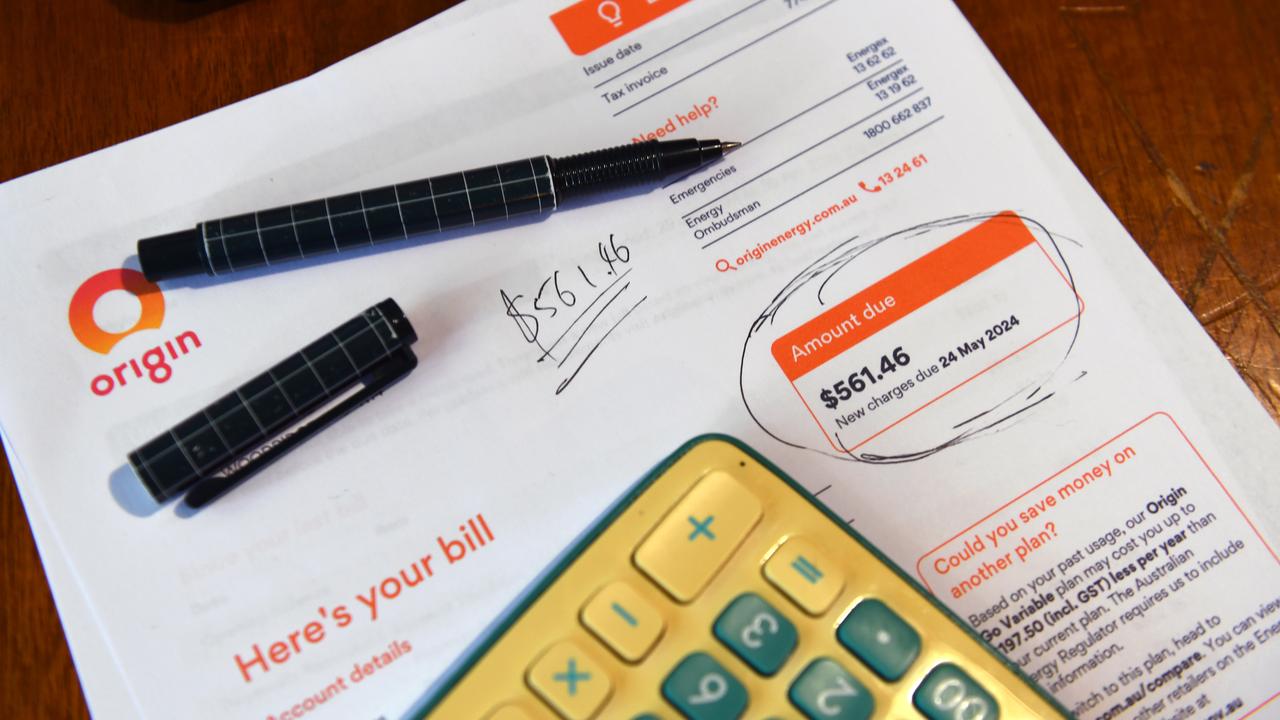
Also rising above expectations were other price figures that exclude items like electricity that tend to jump around, which could prove a worry for the RBA.
The annual trimmed mean rose from 2.1 per cent to 2.7 per cent, while the CPI excluding volatile items and holiday travel measure rose to 3.2 per cent, above the central bank’s two to three per cent target band.
While the jump in the monthly data will be unwelcome news to the central bank ahead of its upcoming meeting in late September, the RBA board places greater emphasis on quarterly trimmed mean figures, which are not due until October.
In its latest meeting minutes released on Tuesday, the board expected the unwinding of energy rebates would boost the headline inflation rate over 2025 and 2026.
But it was unclear what could make core inflation fall further, said HSBC chief economist Paul Bloxham.
Unemployment was low and steady, capacity utilisation was above its historical average and the economy was still being hamstrung by weak productivity.
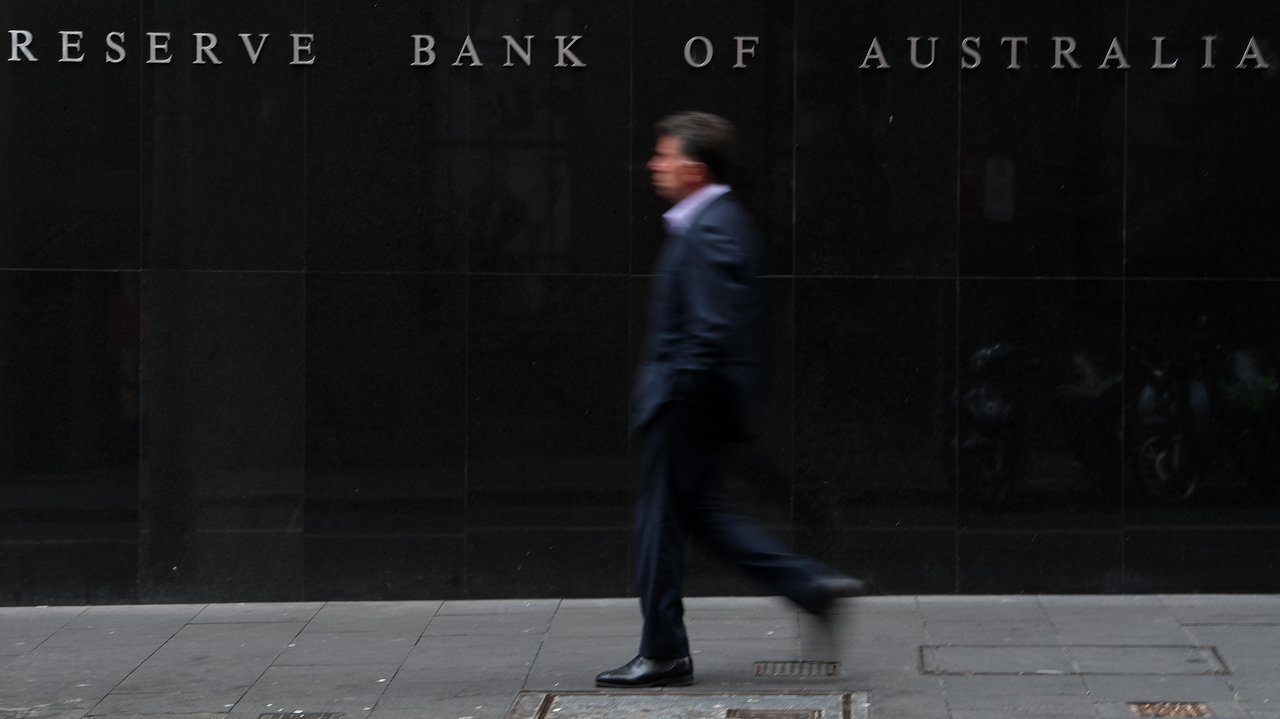
Meanwhile, economic growth is in an upswing and construction work figures also released on Wednesday were higher than expected, causing Mr Bloxham to raise his prediction for next week’s GDP growth print to 0.5 per cent in the June quarter.
“Our central case is that the RBA will only be able to cut by a further 50 basis points in this easing phase (in November 2025 and February 2026), but we see the risks as clearly weighted to less easing than this, rather than more,” he said.
“Today’s figures increase the risk that the RBA is close to the end of its easing phase. An upside surprise in next week’s GDP figures could further increase that risk.”
Holiday travel and accommodation prices also rose strongly, given school holidays fell during July.
NAB senior markets economist Taylor Nugent said the release would tell the RBA little about the underlying pulse of inflation.
“The surprise was strength in travel and timing of electricity subsidy payments and so is not as material as it looks at face value.”
Even so, it raises the risk that the all-important trimmed mean for the September quarter comes in above the central bank’s forecast, he said.
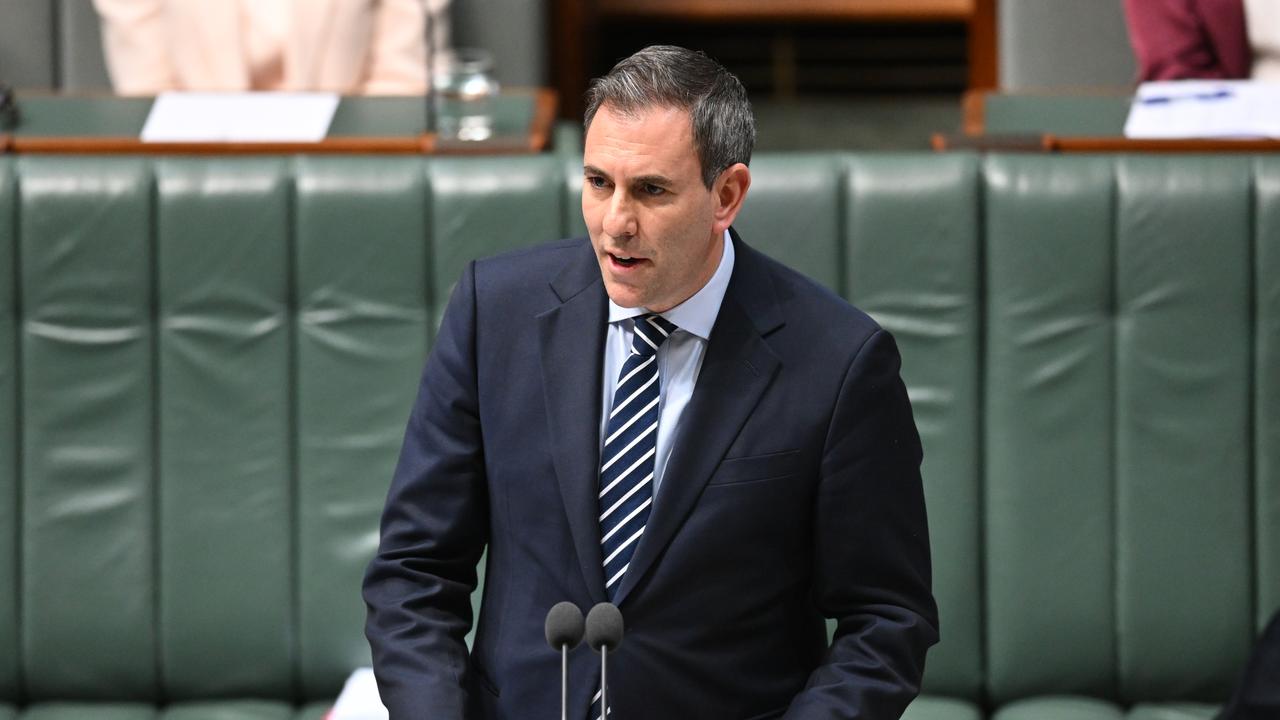
Money markets repriced the chance of a September rate cut following Wednesday’s data release, from slightly above one-third to less than three-in-ten.
Treasurer Jim Chalmers emphasised the volatile nature of the monthly figures, reiterating that quarterly headline and trimmed mean inflation were at their lowest rates in almost four years.
“Today’s figures show the Albanese government’s responsible cost-of-living relief measures are making a meaningful difference in easing pressure on Australians,” he said.
“Rents rose 3.9 per cent through the year but would have risen 5.1 per cent without the recent increases to commonwealth rent assistance.”
Australian Associated Press is the beating heart of Australian news. AAP is Australia’s only independent national newswire and has been delivering accurate, reliable and fast news content to the media industry, government and corporate sector for 85 years. We keep Australia informed.
